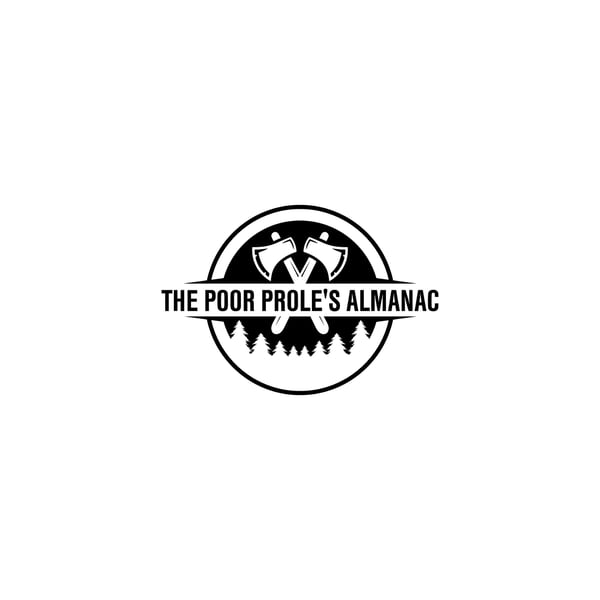Protecting American Genetics with the UTennessee Tree Improvement Program
The Poor Prole’s Almanac
Bleav + The Poor Prole’s Alamanac
5 • 761 Ratings
🗓️ 6 November 2023
⏱️ 55 minutes
🧾️ Download transcript
Summary
Transcript
Click on a timestamp to play from that location
| 0:00.0 | Welcome back. My name is Andy, and you're listening to the Poor Proz Almanac. |
| 0:19.0 | Following up on our discussion around black walnuts and native |
| 0:21.5 | tree crops the past few weeks, we're joined by the director of the University of Tennessee's |
| 0:25.7 | Tree Improvement Program, Dr. Scott Schlarbaum. Most people listening are probably surprised that |
| 0:31.2 | any university offers a tree improvement program, and they'd even be more surprised to know that the |
| 0:36.4 | program isn't designed specifically |
| 0:38.4 | with future cash crops in mind, but rather protecting eco-type genetic diversity and developing |
| 0:44.0 | the foundation for potential tree crops, such as acorns, black walnuts, butternuts, and more. |
| 0:50.2 | Scott's a wealth of information, and I really enjoyed our our talk and I'm sure you will too. |
| 0:54.2 | For more information about the University of Tennessee's Tree Improvement Program, |
| 0:58.6 | check out the show's notes and if you enjoy the episode, give us a review on iTunes. |
| 1:07.0 | Scott, thanks so much for joining us. Tell us a little bit about this program at the University |
| 1:11.1 | of Tennessee that is really interesting. I think I'd love to see it kind of expanded at other |
| 1:15.2 | schools. So tell us a little bit about it. The University of Tennessee's tree improvement program |
| 1:19.0 | started back in 1959. And in that era, in the 50s and then early 60s, there were a number of tree improvement programs across the nation. |
| 1:31.0 | The goal is this is forest tree, not horticultural tree or necessarily landscape tree. |
| 1:38.8 | At the time, there was, of course, more money available from not only federal government, but also |
| 1:45.6 | from state governments. And they started to show that you could actually genetically improve |
| 1:53.7 | pines. And before that, some poplars and things like that. And as, of course, our population grew, the demand increased. So in the 1950s, |
| 2:05.9 | industrial cooperatives, university slash industry cooperatives were formed using the expertise |
| 2:12.8 | in breeding, testing, and things like that at the universities to start tree, basically tree improvement |
| 2:20.5 | programs and companies. |
... |
Please login to see the full transcript.
Disclaimer: The podcast and artwork embedded on this page are from Bleav + The Poor Prole’s Alamanac, and are the property of its owner and not affiliated with or endorsed by Tapesearch.
Generated transcripts are the property of Bleav + The Poor Prole’s Alamanac and are distributed freely under the Fair Use doctrine. Transcripts generated by Tapesearch are not guaranteed to be accurate.
Copyright © Tapesearch 2025.

